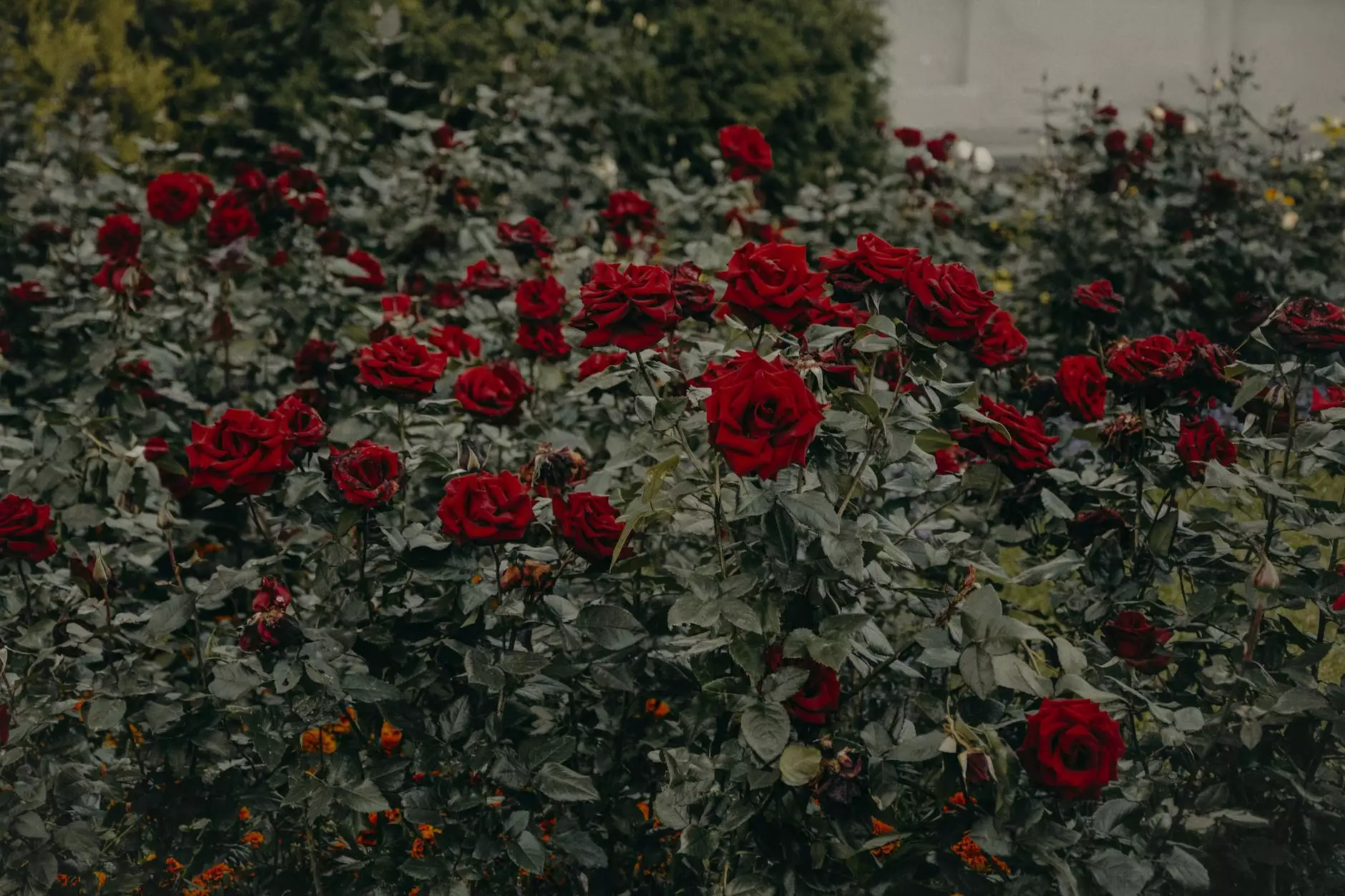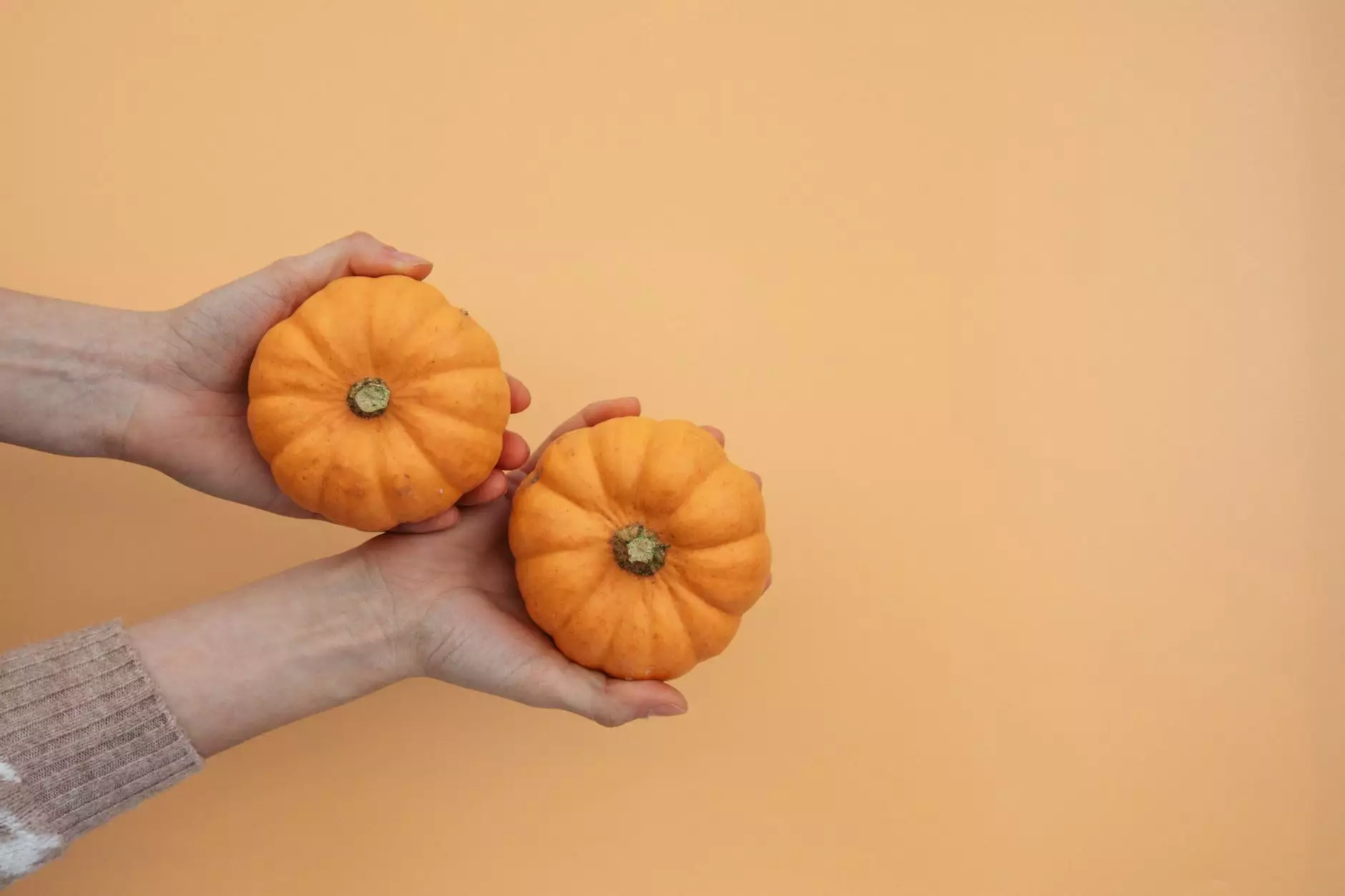Growing Amazing African Violets

Introduction
Welcome to Cutting Hedge Services, your ultimate guide to growing and maintaining stunning African violets. With our expertise and passion for horticulture, we're here to share valuable insights on cultivating these beautiful plants.
The Charm of African Violets
African violets (Saintpaulia) are one of nature's most delightful floral wonders. Known for their soft, velvety petals and wide range of vibrant colors, these captivating plants have become a popular choice for both indoor and outdoor gardening enthusiasts.
Choosing the Right African Violet Varieties
When it comes to selecting African violet varieties for your collection, you'll be delighted by the endless options available. From classic violet hues to exotic bi-colors and variegated patterns, each variety offers its unique charm. Consider factors such as size, flower form, and color preferences before making your choice.
Optimal Growing Conditions
Creating the perfect environment for your African violets is crucial to their overall health and blooming success. Here are some important factors to consider:
1. Light
African violets thrive in bright, indirect light. Place them near a north or east-facing window to ensure they receive sufficient light without being exposed to direct sunlight, which can cause leaf burn.
2. Temperature and Humidity
Maintain a temperature range of 65-75°F (18-24°C) during the day and 60-70°F (15-21°C) at night. African violets appreciate a slightly higher humidity level, so consider using a humidifier or placing them on a tray with water-filled pebbles.
3. Watering and Fertilizing
Watering African violets can be tricky but with practice, you'll master the art. Keep the soil lightly moist and avoid excessive watering. Use room-temperature water to prevent shock to the plant. Apply a balanced, water-soluble fertilizer every 4-6 weeks during the growing season.
Potting and Repotting
Proper potting is essential for the health and growth of your African violets. Follow these steps for successful potting and repotting:
- Choose a well-draining potting mix specifically formulated for African violets. Avoid heavy soils that can lead to root rot.
- Select a clean and appropriately sized pot with adequate drainage holes.
- Gently remove the plant from its current pot, being careful not to damage the roots.
- Place the plant in the new pot, ensuring the crown is level with the soil surface.
- Backfill with fresh potting mix and lightly firm it around the roots.
- Water thoroughly and place the freshly potted African violet in a warm, low-light area for a few days to recover.
Common African Violet Care Issues
Even with the best care, African violets may encounter certain problems. Here are some common issues and how to address them:
1. Leaf Spotting
Leaf spotting can be caused by various factors, including overwatering, cold drafts, or improper lighting. Ensure proper watering practices, shield plants from cold drafts, and adjust their lighting conditions accordingly.
2. Root Rot
Overwatering and poorly draining soil can lead to root rot. To prevent this issue, ensure your African violets are planted in a well-draining potting mix and that excess water is allowed to escape through drainage holes.
3. Lack of Blooming
If your African violets aren't blooming as expected, it may be due to insufficient light, improper fertilization, or overly crowded root systems. Address these issues by adjusting light exposure, fertilizing regularly, and repotting when necessary.
In Conclusion
With Cutting Hedge Services' expert guidance, you're now equipped with the knowledge to grow and care for amazing African violets. Remember to provide optimal growing conditions, choose the right varieties, and address any care issues promptly. Enjoy the beauty and tranquility these stunning plants bring to your home or garden.




